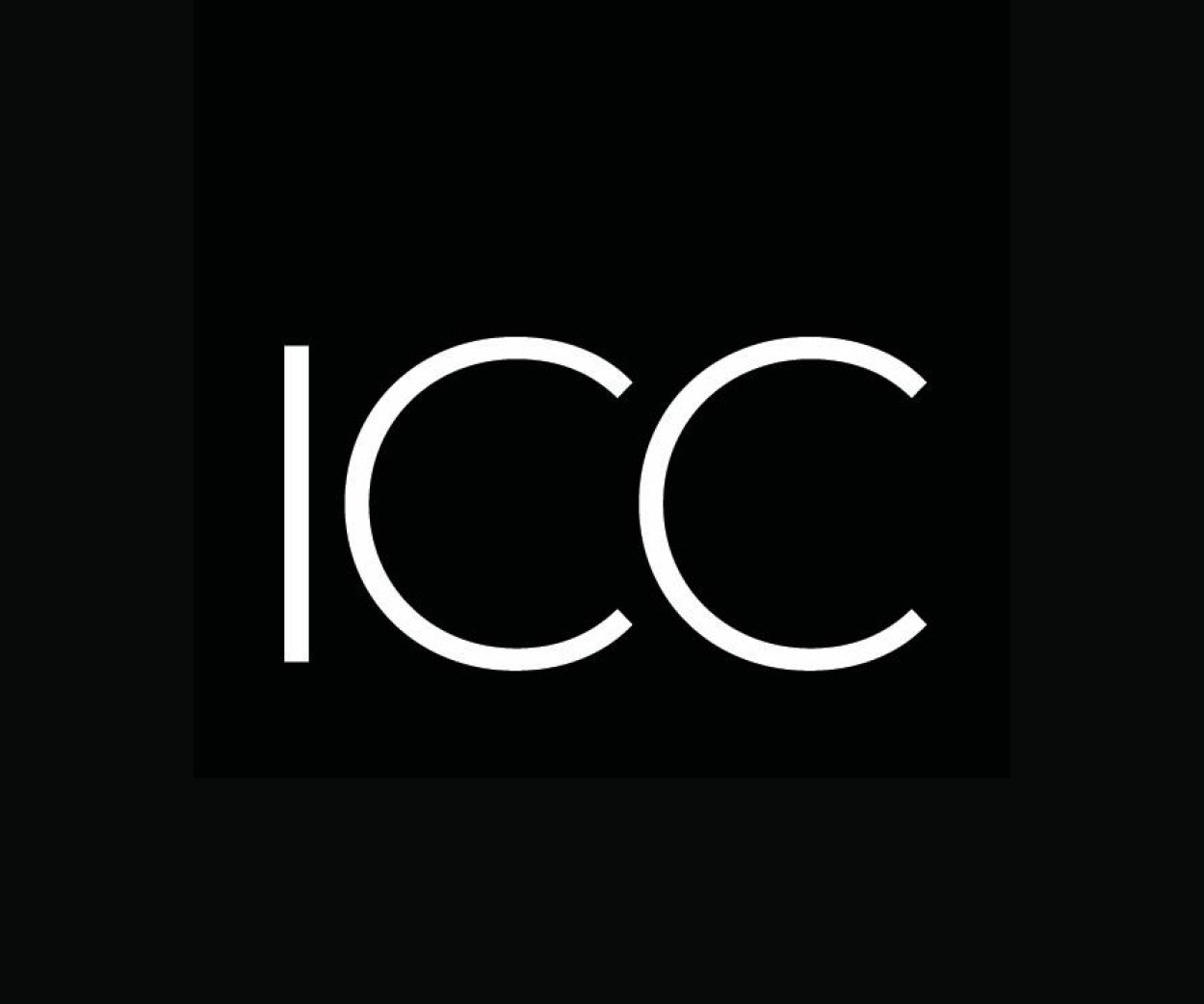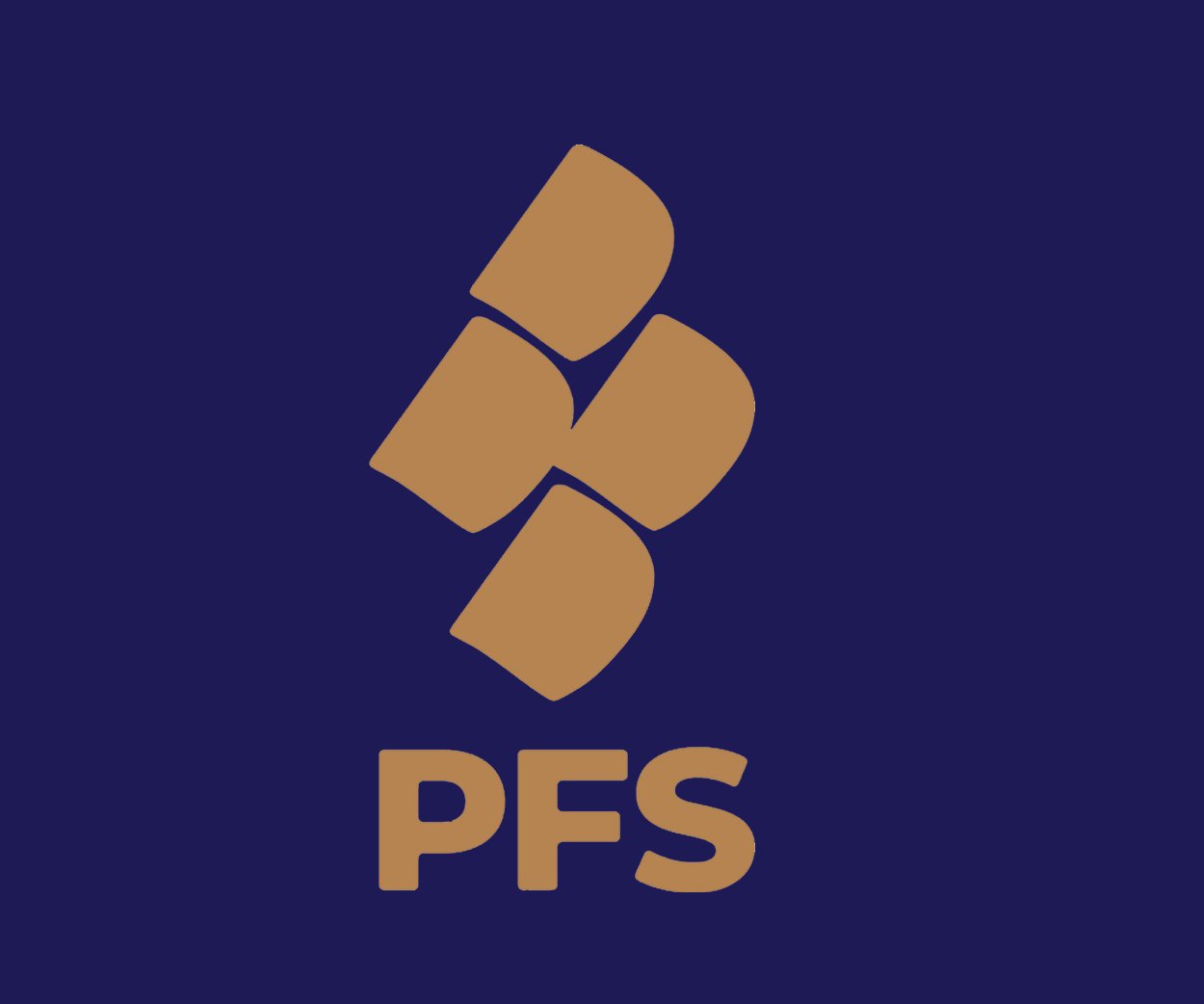Marieke Dresen is a retired Dutch educator, teacher and teacher trainer, still active in language teaching, curriculum design, team learning, and arousing curiosity in children. Currently she is teaching language and culture to refugee children as a volunteer to help children integrate better into the host society and have a better future.
Can you talk a bit about your background and how it has influenced your work with refugee children? What motivated you to focus on refugee children? Did you feel a need for helping them to integrate better?
My focus on refugees is influenced by three main factors. Some of my uncles and aunts had to leave the country during WWII and thus became refugees. During the sixties and seventies, I was politically active particularly during Vietnam war and the boat refugees. And finally, my voluntary work for Amnesty International made me realize once more that there is a lot of pain and sorrow in the world. And since I am a teacher and teacher trainer, I decided some thirty – forty years ago to teach Dutch to refugees because that is my expertise and I believe that language is crucial for integration.
What sparked your interest in helping emigrant children? Was there a particular moment that stands out?
At an early age, I already wanted to be a teacher and I have always worked with children. Children are so original, spontaneous, active, full of wonder; they never stop to amaze me. Moreover, investing in children is investing in the future. There isn’t one particular moment that sparked my interest. However, what made a huge impression on me are the times that refugee children reveal some of the agony they had to go through, yet it is incredible how they manage to laugh and play. Just one example: seeing your mum drown in the Mediterranean—I cannot begin to imagine what that must be like. And still, this girl attended the classes, played and laughed… What resilience!
What challenges do you see refugee children face in the Netherlands, and how do you address them in the classroom?
The Netherlands is certainly doing a fairly good job for refugee children but there are still many problems. I restrict myself to educational problems that I have experienced myself. Refugee children need a lot of attention, and there is a shortage of teachers here in our country. Communication with parents is not always easy but is crucial. For example, all children to the age of 17 can borrow books from libraries for free, but parents do not know this or do not encourage it. Sometimes it is hard to determine the level of education because tests and assignments are in Dutch. Exposure to Dutch language is limited, because no Dutch is spoken at home. Sadly, they do not always have the money to pay for dance classes, football and similar activities, so, Dutch is mainly spoken at school. Children’s first language is important, but it can interfere with learning Dutch and this is challenging for me, because I cannot always pinpoint exactly what the interference is. And one more serious note is that I think we should be aware that quite a few refugee children have experienced traumas, so we need to be alert, recognize the symptoms, and react professionally and with caution.
What strategies do you use to create an inclusive environment for children from diverse backgrounds?
The Netherlands sends refugee children to a special school to learn Dutch since they do not understand any Dutch, but it’s just for one year. After this, they go to a regular primary school to stimulate integration. What I try to do to create an inclusive environment is to have children tell and show (with a lot of pictures) about their home country. I also invite parents into the classroom, and sometimes they bring food, clothes or other objects from their country. This is beneficial for both pupils and parents, because parents do not always associate with Dutch people and there are no interesting reading books in their own language to make them acquainted with Dutch culture. In my lessons, I celebrate national holidays from other cultures too, along with Christmas and King’s Day. For me, using books in the classroom has always been a wonderful didactic tool, I couldn’t do without.
So how do you incorporate children’s books and literature into your classes?
I personally believe that books (e-books, apps, games, you name it) are essential for learning any language especially for children. They pick up the target language unconsciously and in a playful manner and this makes learning easier. As I said, exposure to language is crucial because children often learn implicitly though explicit language learning is also quite helpful.
What type of children’s literature do you find most effective for engaging refugee children adapt to their new environment? Are books with the themes of emigration, or the culture of the host country, or any children book with any theme helpful?
That is a difficult question, as it very much depends on the age of the children. So, my short answer is: all kinds of books of good quality with loads of pictures or illustrations are helpful. Youngsters these days are more into visuals than long texts; pictures are an absolute must. Also, wordless picture books (like The Paper Boat by Thao Lam or The Arrival by Shaun Tan) are a big help. In the Netherlands, we have wonderful wordless picture books by Charlotte Dematons—they’re just fantastic! Books that help children show empathy, understanding for different cultures such as Counting Kindness by Hollis Kurman and Teacup by Rebecca Young are as important. However, it’s wonderful to use any book of good quality in the classroom. What I would also like to say is that, I believe it is not only reading the books but also talking about them, activating prior knowledge, having pupils make assignments, and inviting pupils to rewrite parts of the story and so on. There are only a few books that also give hints, tips, and advice to teachers on how to elaborate on a book. For example, Walker Books gives suggestions using The Journey by Francesca Sanna.
Do you have access to many children books with the theme of “emigration”? Do you believe there should be more of such books? Is there a need for the new stories about new societies?
Yes, I have access to a reasonable number of children’s books on emigration. Whether we need more, well, I think so but not only on emigration, to be honest.
Do you think educating emigrant children would be enough for them to integrate better into the new society, or the host country’s children also need to learn more about the matter? Because there are always two sides in one dialogue, and there is a need to learn more about one another. Do you think Dutch children read a lot of books about multicultural societies, equality and human values and are being educated about emigrant children?
Dutch children do read about multicultural societies, but it should be much more, in my opinion. As to the question if education is enough to help emigrant children integrate better into the Netherlands, I can be brief. Education alone is absolutely not enough. Our behavior towards each other is the crux. Everybody in our country needs to play a role, from the shopkeepers to the policemen, from the librarians to the bus drivers, everybody. Let’s embrace differences; we are stronger in diversity.
What advice would you give to other educators who want to learn more about teaching refugee populations?
Well, first of all: “Children don’t care how much you know until they know how much you care.” Listen to the children, be kind, strict, clear and above all, give attention. What works for me is using a lot of humor, laughter, and playing games. This works well for any child, but for refugee children, I personally think it takes something extra, something more. That is why in the Netherlands we have special training for teaching L2 to refugee children.
What do you hope for the future of the children you teach, and how do you envision their success?
What I wish- and this is for every child – is that she or he can use all her or his talents to become a loving, and caring person and find happiness.
Interviewed by Negin Ehtesabian Lichty







